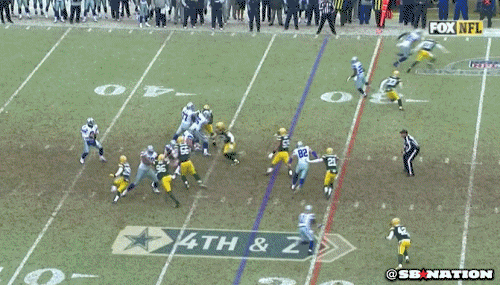percyhoward
Research Tool
- Messages
- 17,062
- Reaction score
- 21,861
Very good question. You can appoint a "catch committee" to "clarify and streamline the catch rule," as the commissioner did in 2016, and they can give some examples of football moves, as they did in 2016 when they added the highlighted parts to the rule book.When a receiver is "going to the ground in the act of the catch" and when they "make a football move" or "establish themselves as a runner" is often subjective. What can you do about that though?
A player has the ball long enough to become a runner when, after his second foot is on the ground, he is capable of avoiding or warding off impending contact of an opponent, tucking the ball away, turning up field, or taking additional steps.
The whole idea was to remove as much subjectivity as possible, and give officials something observable that determined completion of the catch process. But for whatever reason (probably politics), the standard which had been put in to replace the football move a year earlier, was left in. "Upright long enough" is still in the rule book, which means there are two standards.




